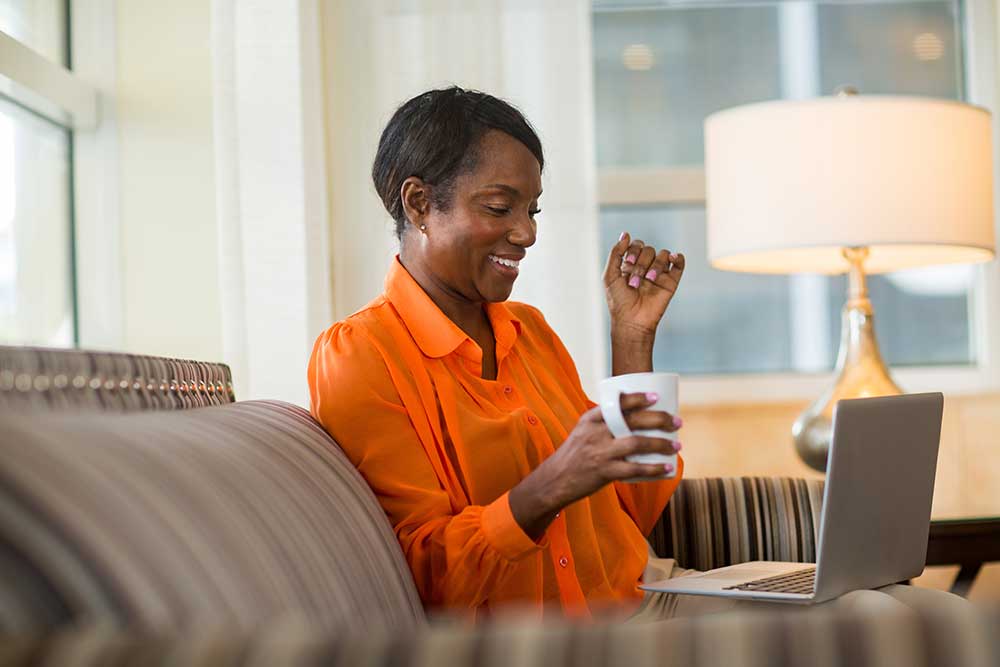
Patricia Taylor joins WM People as chair
Patricia Taylor has been appointed chair of the board of directors of workingwise.co.uk's...read more
A recent WM People roundtable explored how employers can make the most of the move to hybrid working.

Hybrid working seems to be where many employers are going as we ease out of the Covid lockdown. It makes sense as uncertainty remains about the pandemic and after a year which has shown many managers who may have been negative about remote working that it is possible. What’s more, surveys show that many employees seem to want more options around how and where they work.
But how can employers get the most out of hybrid working? A new WM People white paper based on a virtual roundtable discussion with leading employers looks at the different impacts, from mindset and recruitment to line management and mental health.
The roundtable, with major employers from local government to retail, finance and transport, among others, took place on 27th April and was sponsored by Sensée. Expert speakers included Andy Lake, editor of Flexibility.co.uk who runs the Smart Work Network, and Rob Hopkin, co-founder of Axis, a virtual collaboration platform designed to help organisations harness the power of diverse teams through inclusive, engaging and effective workshops and meetings.
Andy Lake questioned the hybrid concept and said it can come across as the same world of work in a different place, the same culture and the same advice that was given out when teleworking was introduced in the 1990s. What is missing is the sense of transformation, he said. He highlighted concerns about employers making hybrid working too rigid rather than a dynamic, fluid process. He also highlighted the focus on desks and booking systems and on meeting rooms which seemed to be just about stretching the norms of the traditional office to an online space, he said.
Instead, employers should start with what can be done better and question when, where and how a work activity should be done in a way that makes work better. The principle should be to design the work then design the workplace, said Lake.
Employers at the roundtable discussed a range of issues, from what offices are for in the hybrid world to the dangers of creating a ‘them and us’ situation of home workers and the rest. They said this needed a lot of thought and attention to how other workers could be offered flexibility and greater autonomy.
What about the impact on office estate? Lake said there were indications that the office will shrink as more people work remotely or only part time in the office. It is therefore important, he said, to get away from traditional ideas of desk spaces and meeting spaces. Employers need to think of everyone being equally remote rather than of remote and office workers and focus on quick, dynamic interactions rather than formal meetings, meetings in outdoor spaces on indoor/outdoor spaces like pods in a work cafe. The emphasis should be on teamwork and focus work spaces rather than booking a desk for the day, on what is needed to do a specific task and there should be a fluid movement between them.
Employers also discussed how people processes, including induction, line management and meetings need to change in the light of hybrid working.
Rob Hopkin said most organisations are looking to harness the talents of diverse teams to solve tricky problems, but meetings are not always the best way to do this. People often don’t listen in meetings, they encourage groupthink, the person who speaks loudest dominates [often with implications for gender equality], etc. This is corrosive to the rest of the team’s sense of engagement and the organisation’s ability to innovate. Lockdown had levelled the playing field more as many people had to work remotely, but doing everything over a Zoom call can worsen engagement, with some people dominating even more.
Axis is working to create more effective, inclusive collaborative environments, which don’t just rely on who has the loudest voice. That means using other ways than talking to get information across in group settings, giving time for people to digest information and recognising that some need longer than others and polling them in meetings so decision-making is more collective.
Key takeaways from the discussion included the following:
*To find out more about the discussion, order a copy of the full white paper here.